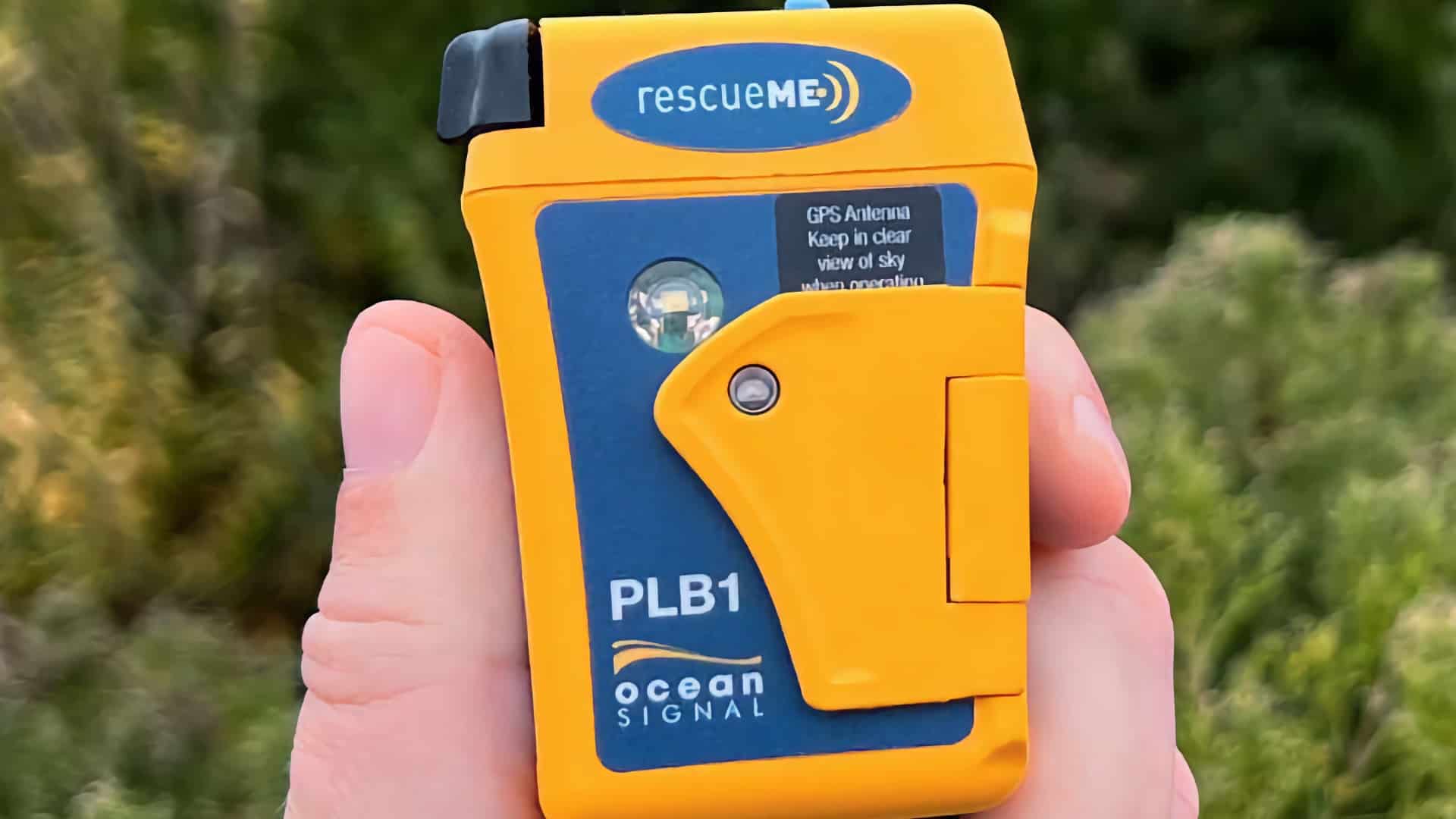
rescueME PLB1 Review
The rescueME PLB1 is the smallest and most compact personal locator beacon (PLB) available, designed to save your life in a pinch. If you're heading into the backcountry and want reliable peace of mind during an emergency, this lightweight and capable device is a solid bet. I'll walk you through how it works, compare it to satellite communicators, and share my recommendations for staying safe in remote areas.
Unlike other reviews, I wasn't sent a free rescueME PLB1. I bought this with my own money. This review reflects my honest experience. If you want to support independent reviews like this, please use my affiliate link, it’s also the lowest price I could find.
What is the rescueME PLB1?
Put simply, the RescueME PLB1 is a satellite distress beacon—hit the button and rescuers are dispatched to find you. It's generally used when you don't have cell phone service and can't simply dial 911, like in the backcountry. The PLB1 works worldwide, on land and at sea. The actual unit is a small, rugged box, about the size of a pack of cards, that you put in your pack and forget about until you need it (mostly).
The PLB1 does a few things when you hit the distress button.
- First, it gets a GPS fix of your position.
- Then, it broadcasts your distress call and position into space, where various satellite systems can receive it.
- The receiving satellite relays your distress call back to earth, and then search and rescue is sent to the location that your beacon sent.
- As rescuers get closer, the beacon broadcasts a homing frequency that searchers can lock onto.
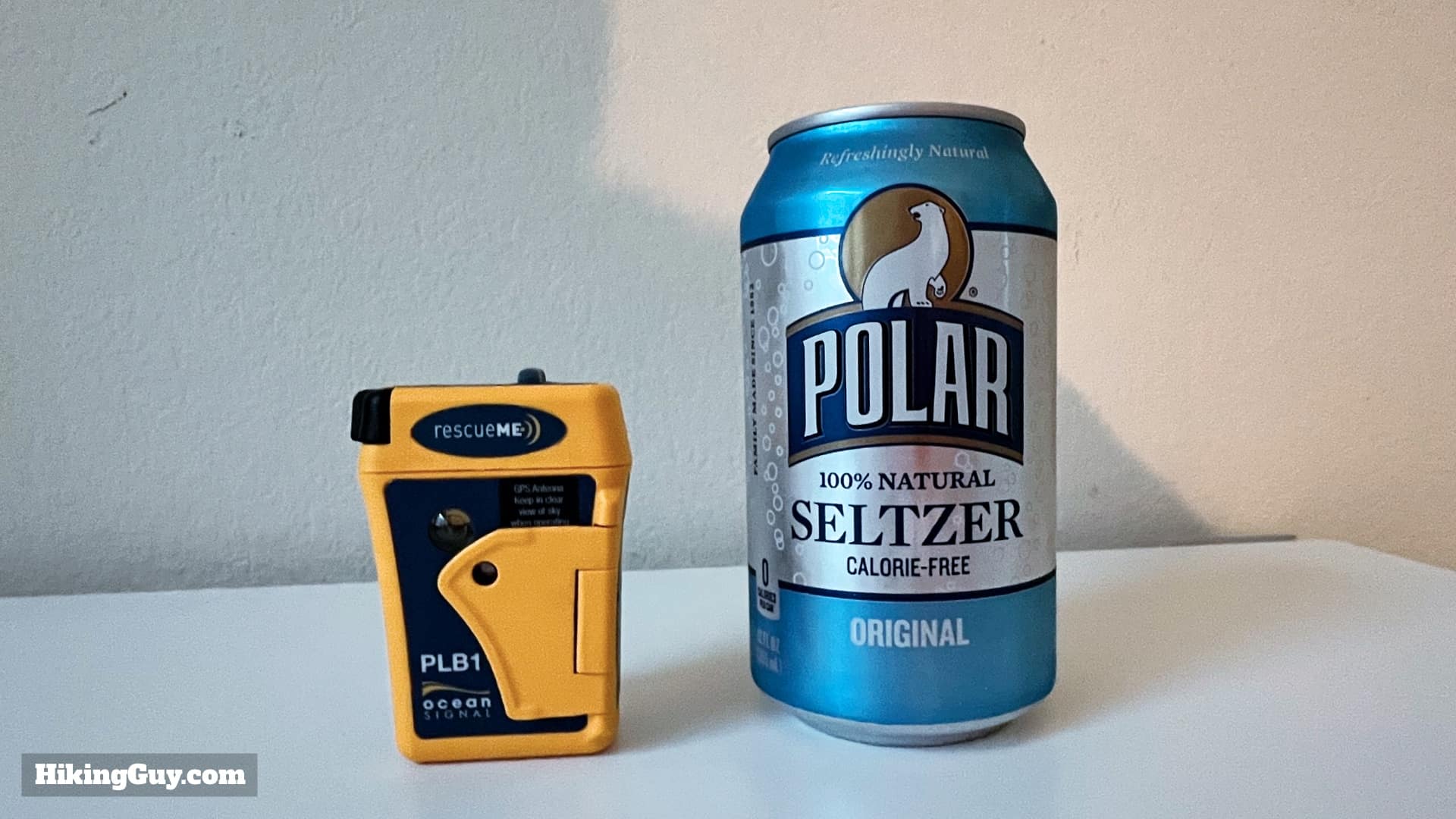
How is the PLB1 Different than an inReach?
For those of you familiar with inReach and ZOLEO satellite communicators, you might be wondering how the PLB1 is different. Both technologies rely on satellites to broadcast an SOS call. That's about where the similarities end.
| Function | PLB1 | inReach |
|---|---|---|
| Ease of Use | Dead Simple | Requires a Little Time |
| Subscription | No Subscription Fees | Monthly Fee |
| Battery Charging | 7 years | 15+ hours |
| Two-Way Non-Emergency Texts | No | Yes |
| Weather | No | Yes |
| Non-Emergency Tracking | No | Yes |
| Two-Way Emergency Communications | No | Yes |
| Satellites Used | Multiple Systems and Orbits | Iridium Only |
| Transmit Power | 5 watts | 1.5-1.6 watts |
| Location Without GPS | Yes (Doppler) | No |
| Rescue Dispatch | NOAA in USA (government-run) | Garmin Response (private - owned by Garmin) |
| Supplemental Insurance Offered | No | Yes |

So as you can see, the PLB1 has a singular function, to broadcast a distress call, while an inReach or satellite enabled smartphone allows non-emergency communication. Which type of device is right for you?
- If you don't want a monthly fee, get the PLB1.
- If you want to message back and forth with people (for example, telling family you will be late and everything is okay), combine the PLB1 with satellite messaging on your phone or inReach.
Who Performs the Rescue

The rescueME PLB1 uses the (government-run) COSPAS-SARSAT system, set up by government entities, to dispatch a rescue. In the USA, SARSAT partners with the Air Force for inland rescues in the lower-48, and with the Coast Guard for marine rescues. Generally they will get the call and coordinate with a local entity like the LA County Sheriff's SAR department, but they sometimes also dispatch a rescue themselves. I've personally witnessed an Air Force-led rescue triggered by a PLB on White Mountain Peak. The SARSAT system also serves aviation and professional marine users.
SARSAT will contact local authorities to coordinate a rescue when a beacon is used overseas.
Before You Take Your PLB1 Out

Before you do anything, take a few minutes to register your rescueME PLB1 with your country's beacon registry. In the USA, that's the National Oceanic and Atmospheric Administration (NOAA), and in Canada it's the Canadian Beacon Registry of National Defense. ACR has a nice page here where it will point you in the right direction for your country.
When you register your beacon, you'll provide:
- The serial and info about the PLB1
- Information about yourself, including your primary activity and a freeform notes section where you can describe your experience level or any medical conditions you may have.
- Emergency contacts
I keep my notes section focused on what I have with me, my experience level, my age, and the fact that I'm day hiking. If I'm heading on a longer backpacking trip or am traveling with others, I'll take a minute to update the section with the new details, including any medical conditions that my friends may have.
Will a beacon work when unregistered? In most places, probably, but it will be scrutinized and potentially evaluated as a false alarm. You'll also leave rescuers at a distinct disadvantage without any information about you. Also know that in the USA, if you use a beacon, there's a law stating that you must register it. Take the 5 minutes to register it.
How to Use the rescueME PLB1
The PLB1 is dead simple to use. Here's what you do.

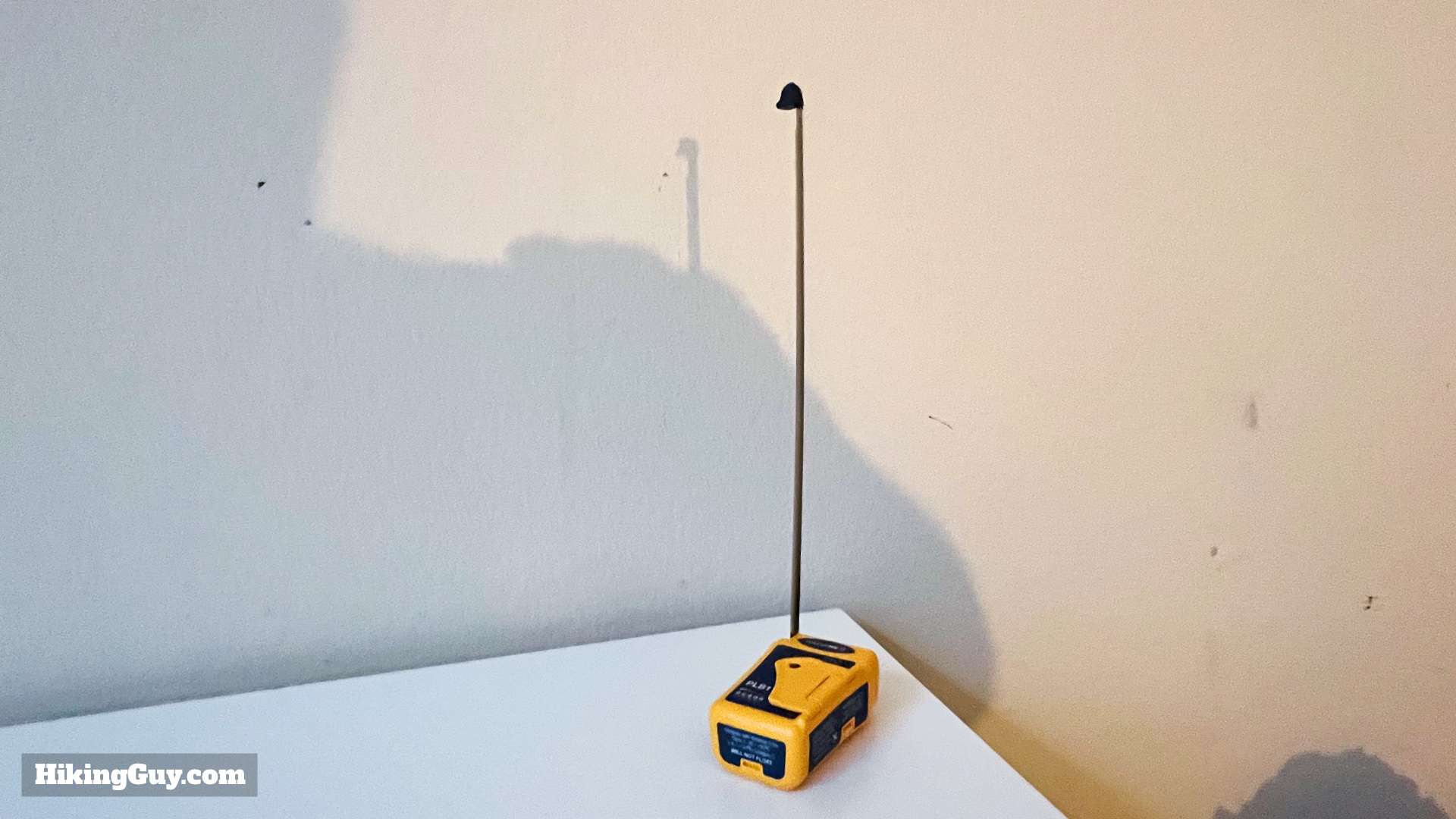
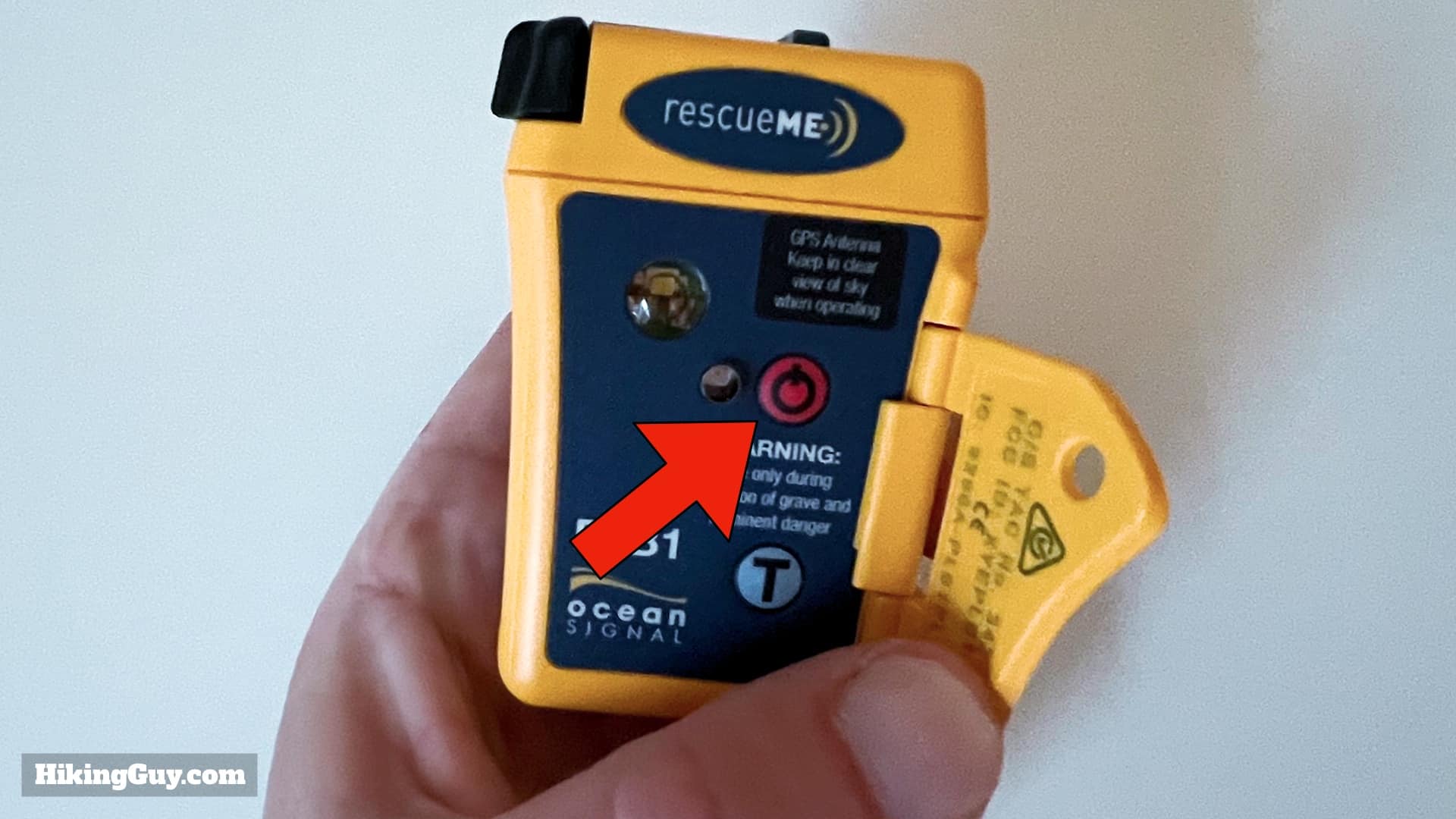
You have 50 seconds to cancel your SOS, which you do by holding the ON button for 1 second. The LED will flash red and then stop flashing.

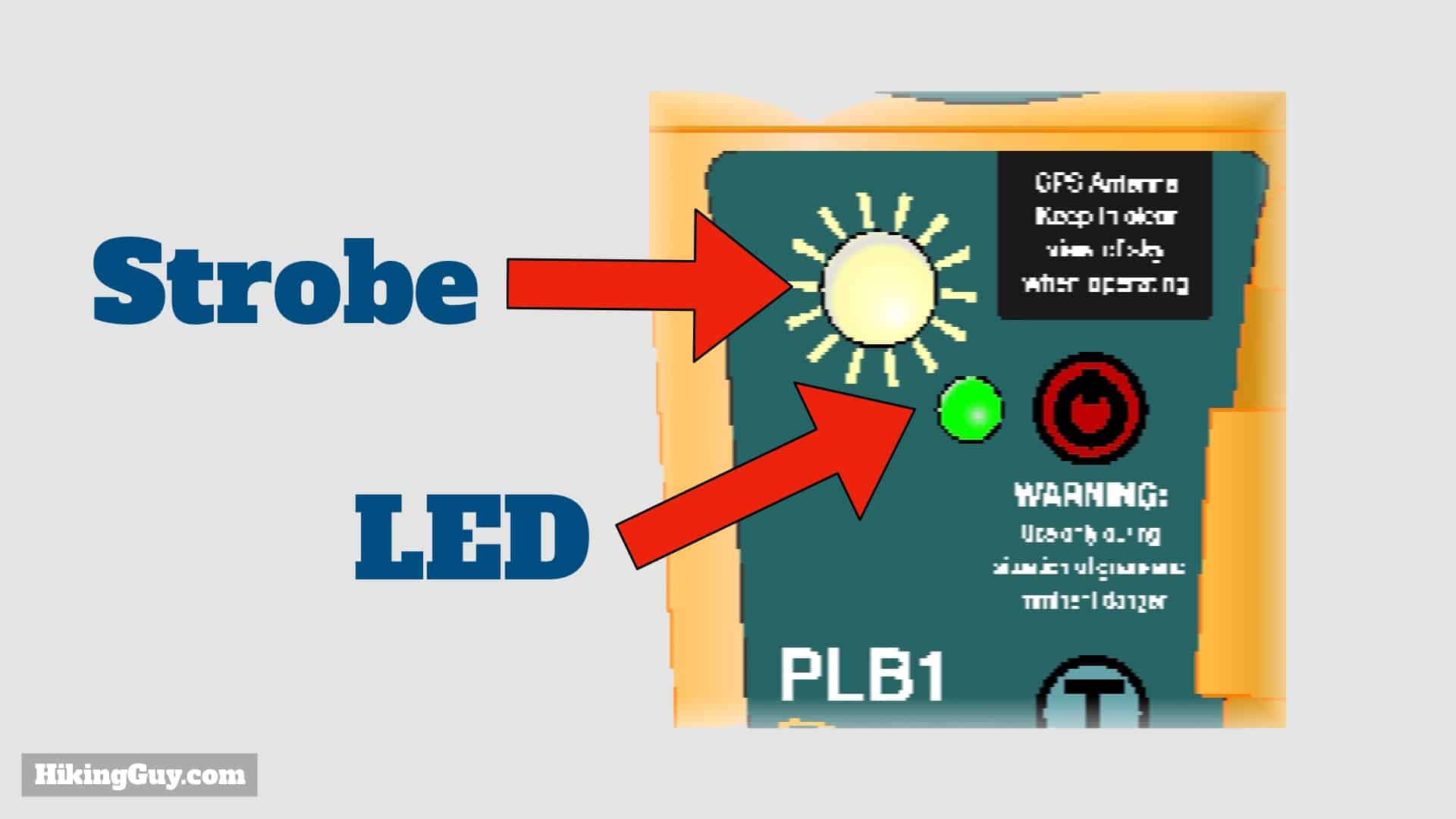
The PLB1 will transmit for 24 hours or more.
From here, it's a waiting game. It's best to stay put where you triggered the SOS unless you are in danger there. Then you wait. Most rescues take several hours, with the large majority happening within 24 hours. But there are a lot of variables. I've seen rescues happen in 30 minutes, and I've also seen conditions where rescues can't even start until weather conditions improve. It helps to have the 10 essentials to make yourself comfortable while you wait.
Making Sure the PLB1 is Working
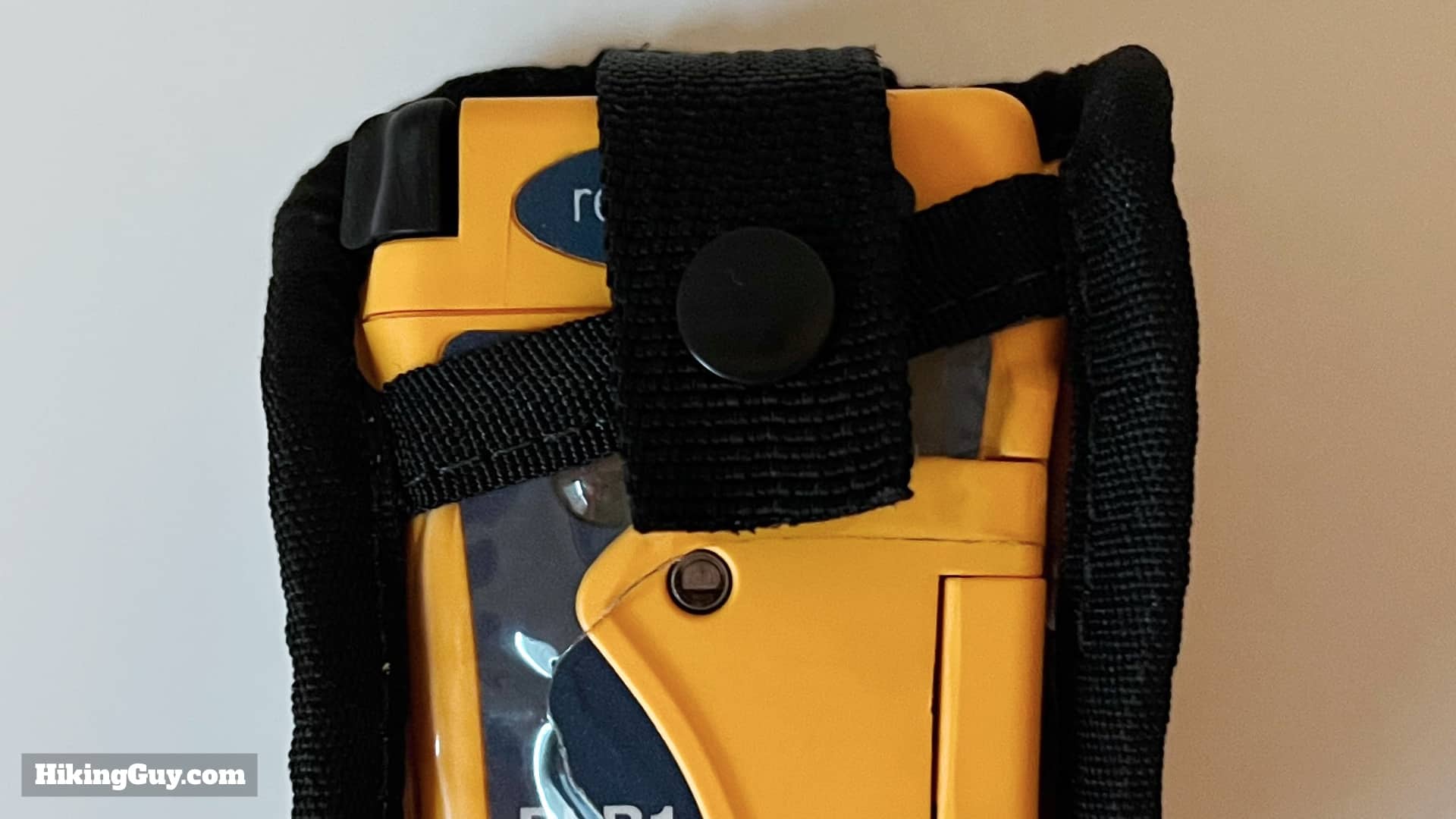
While you can just put the PLB1 in the bottom of your pack and forget about it, there are a few tests that you will want to periodically do to ensure that it's working. I just set myself a repeating calendar reminder (on my phone) for these tests. The manual has details on how to perform the tests and decode the LED results.
- Ocean Rescue / ACR recommends testing the beacon every month. Testing the beacon checks for failures and gives you a battery status. For me, testing every month is a bit much, and I've found that every 3 months is okay.
- You can also test the GPS (getting a position fix), but this drains the battery more. It's recommended to do this once a year.
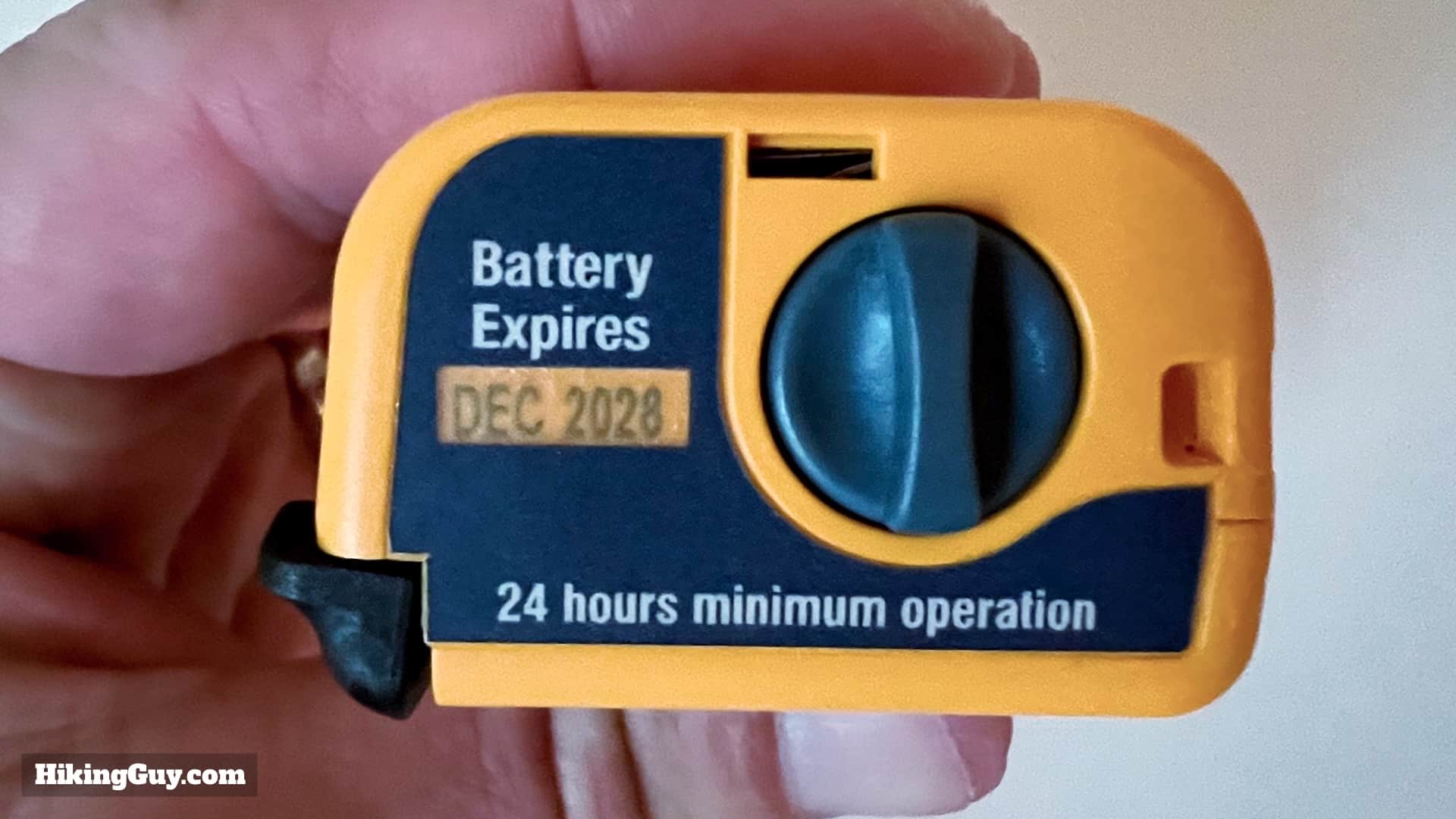
The PLB1 will generally work after the battery expiration, but know that the battery life diminishes over time. You can probably expect to get less than 24 hours of use once the battery has expired.
The rescueME PLB1 Versus Other PLB Choices

I've used several PLB models over the years and today I use the PLB1. Why do I think it's a great option?
- The "guts" of all these units are largely the same. Some of the bigger PLBs offer a couple more hours of battery life, but I find that having 24 hours of life is likely enough to get me through an emergency situation. Worth noting is that most rescues happen within 24 hours.
- The PLB1 is smaller than the other choices.
- The PLB1's antenna never unintentionally comes unlatched as some other ones can.
- I think the PLB1's button cover, paired with a small piece of electrical tape, is most effective at preventing false activation when rolling around the bottom of a pack.
Is the rescueME PLB1 Reliable and Effective?
Overall a unit like the rescueME PLB1 is about as good as you can get for a backcountry emergency beacon. There are a few reasons why this is true.
- The beacon transmits at 5 watts, as opposed to 1.5-1.6 for most Iridium-based satellite communicators like inReach. It's a little apples / oranges, but I do believe that having that extra power is helpful overall.
- The PLB1 sends its distress signal on a special frequency (406 MHz) that’s picked up by three types of satellites, some close to Earth, some farther away, and some that stay fixed over one spot. All of these satellites are equipped to hear your SOS and pass it down to a rescue center on the ground. So wherever you are, there are lots of satellites listening for your signal.
- Even if your PLB1 can't get a GPS fix to broadcast your position (which is usually accurate to 15-100 ft), the SARSAT system can still locate you using the doppler effect of your signal. It's not as precise as GPS, but it will still generally produce a 2-4km radius for rescuers to hone in on.
- The COSPAS-SARSAT system has saved tens of thousands of lives since its 1982 inception. It's the tool that professional mariners and aviators use almost universally.
Is the rescueME PLB1 For You?
Overall, I think if you are traveling in the backcountry and value your life, you need to have some type of emergency communication device. No matter how experienced you are, accidents and events outside of our control happen. If you don't want to pay a subscription fee and are okay with emergency-only one-way communications, get the PLB1.
You can usually find it on sale, here’s where to look:
- Amazon – usually the lowest price and fast shipping
- REI – often Amazon’s low price and gives 10% back with a $30 lifetime membership